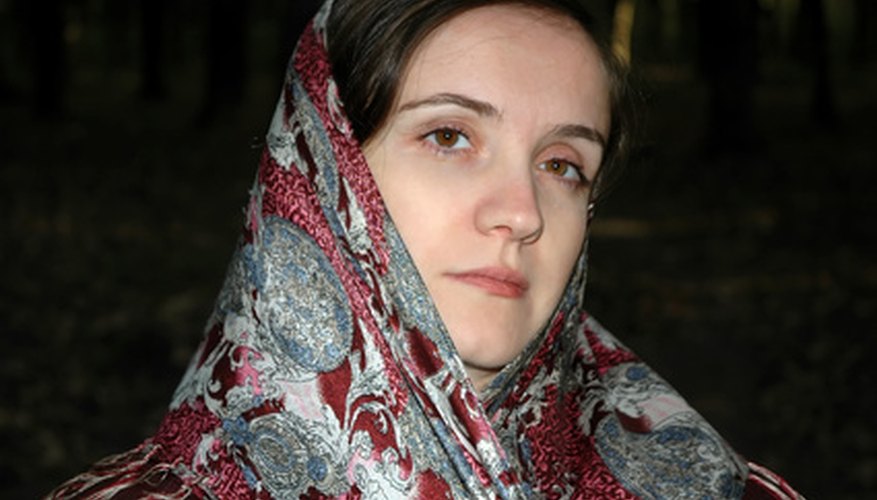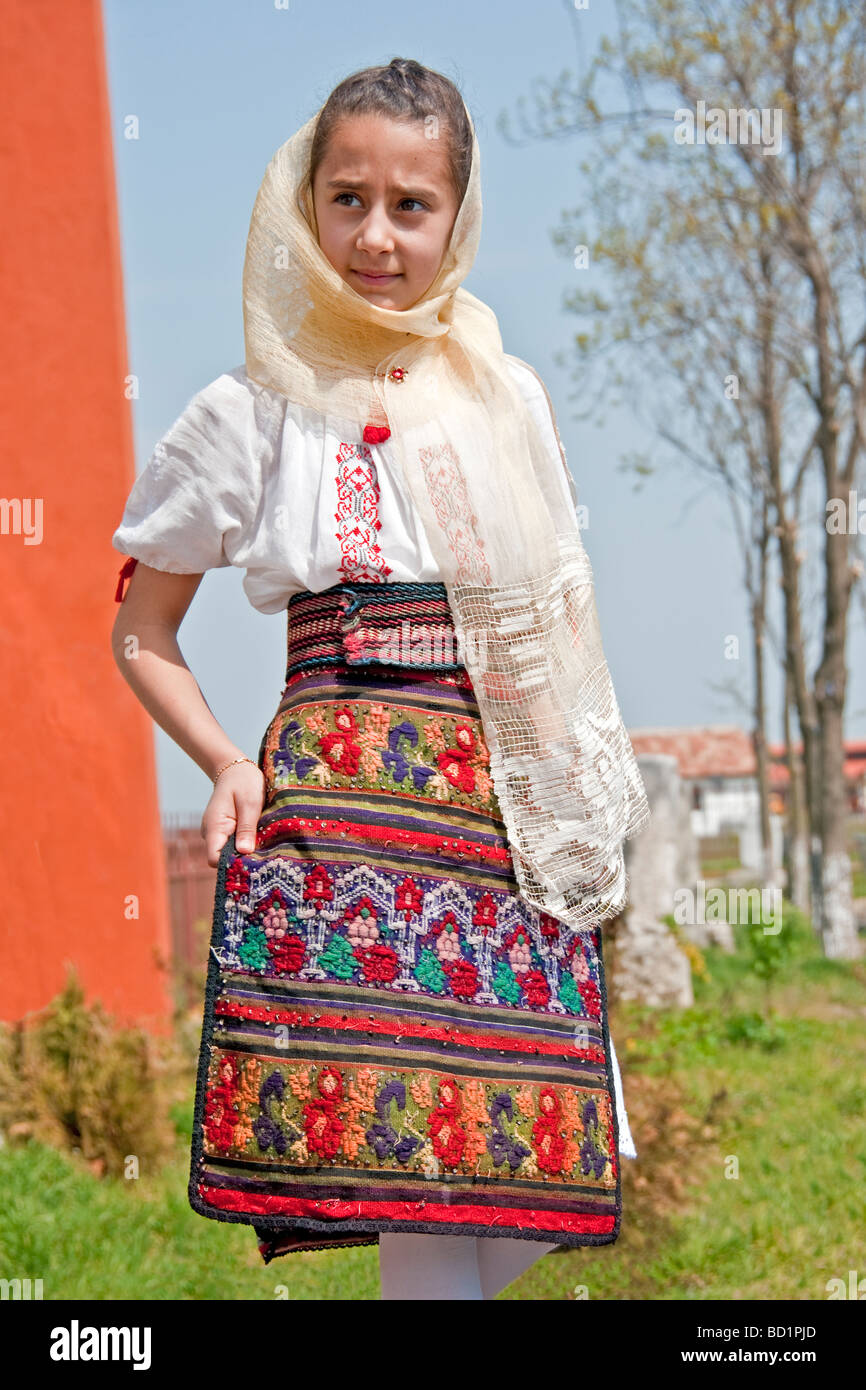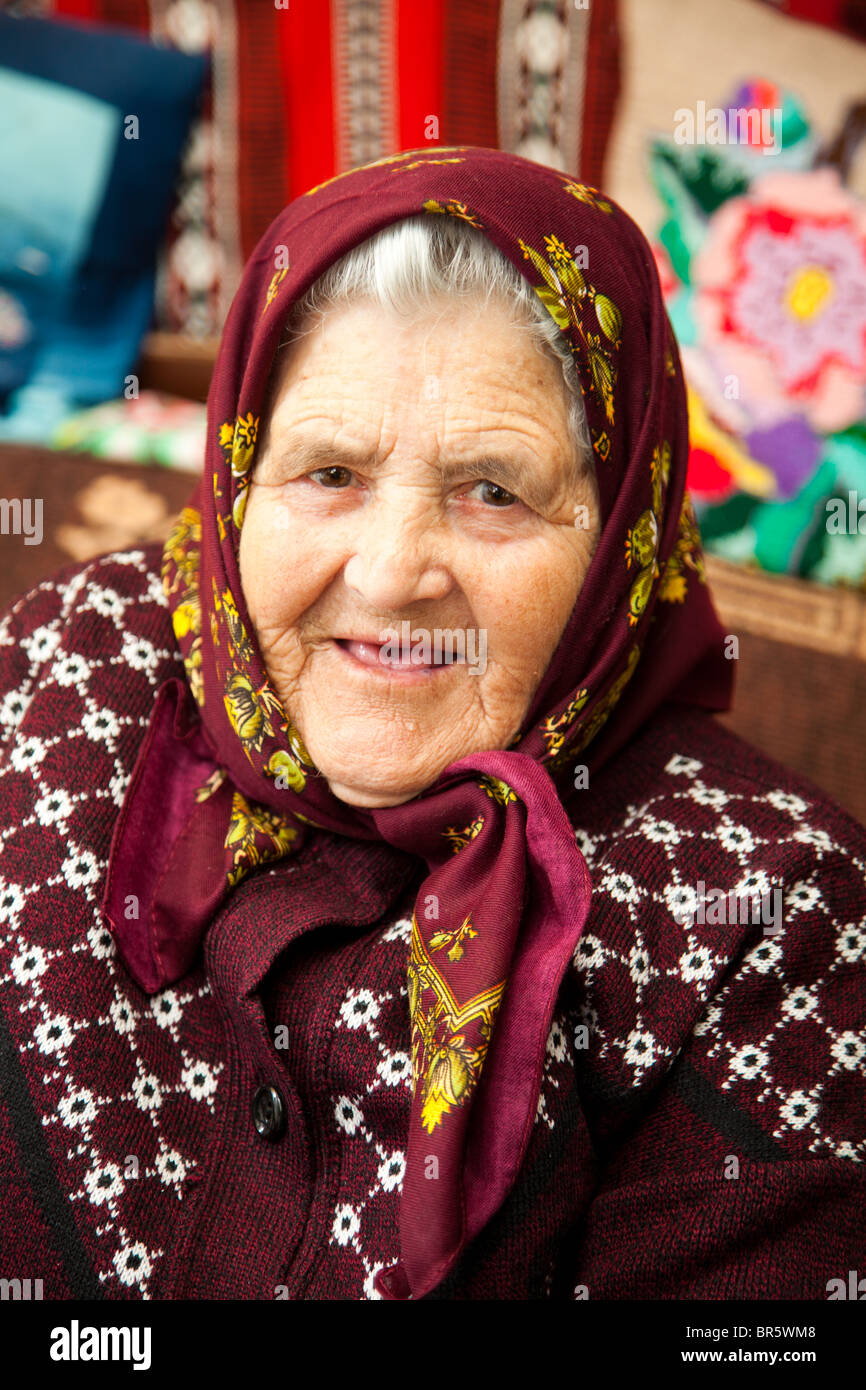Impressive Tips About Romanian Women's Hairstyles From Mid 1400s Black Girl Natural 4 H Short Hair

Greek adult men would ritually cut their hair.
Romanian women's hairstyles from mid 1400s. Female fashion, of course, was much more variable. 4 materials $5 15 minutes medium welcome to my hair history series! A woman's hairstyle expressed her individuality in the ancient roman world.
Romania hairstyles of hunedoara, transylvania. Although not new in the 1420s, the hairstyle grew markedly taller and wider during the decade. Women’s most important accessories were headdresses, which were of two main types, the bourrelet and the wired veil.
How one dressed one's hair was an indication of a person's status and role in society. The hair was then covered with sheer veils or small caps. The gable hood, a stiff and elaborate head.
But in all times, roman beauties were considered to be women of. In the lower panel, the man is dressed as a pilgrim on the way of st james with the requisite staff,. When topped with a bourrelet padded roll, a woman’s headdress.
Differences in hairstyles are due to adaptations made by the europeans, who were influenced by the ancients, but who did not slavishly copy the hairstyles and. The american numismatic society (1997.9.121). This timeless appeal can be.
During the medieval era, plaited and braided hairstyles held significant allure, gracing the heads of women from all walks of life. Hairstyle fashion in rome was ever changing, and particularly in the roman imperial. Both had a common foundation in the.
I’m going to take you through the fascinating history of women’s hairstyling in european. Clothing of the first half of the 14th century is depicted in the codex manesse. Look for busts and statues of roman women and examine their hairstyles, with an eye toward replicating.
After the 5th century a.d., the cultural center slowly moved to the. Ancient roman women commonly wore symmetrical hairstyles with a center part. The middle ages in romania began shortly after the withdrawal of the roman legions from the former roman province of dacia in the late 3rd century and with the start of the early middle ages and the migration period that followed afterwards respectively.


















